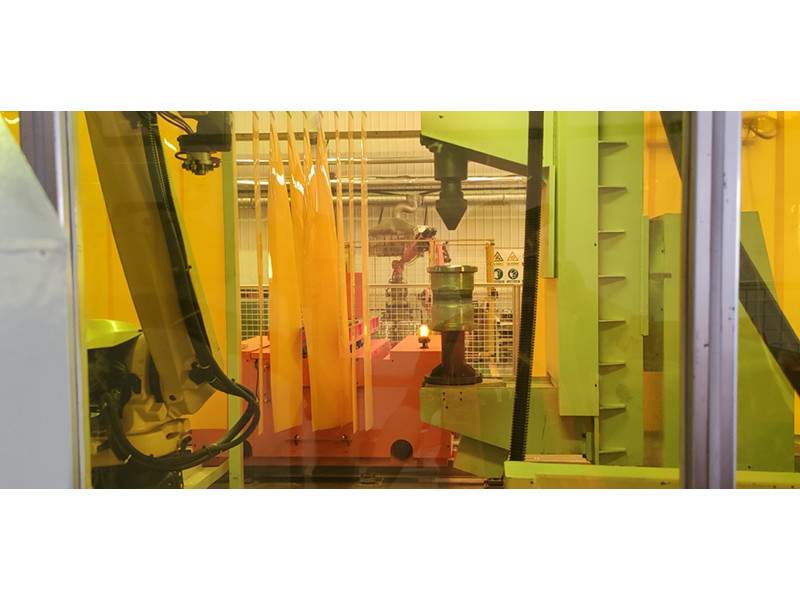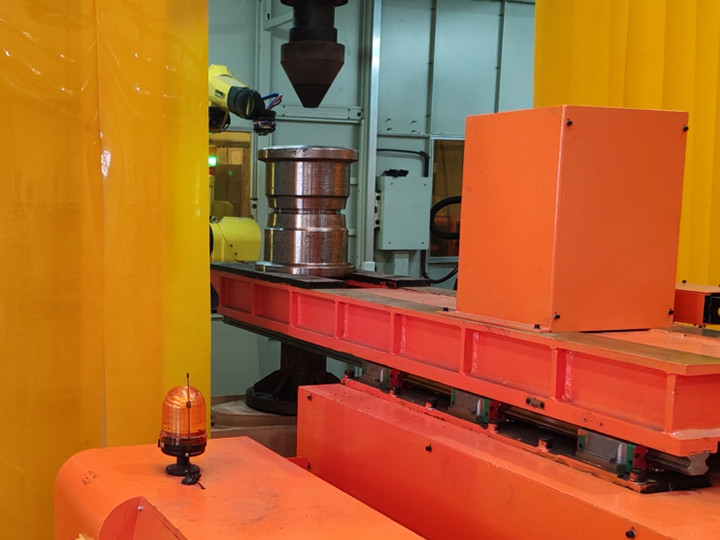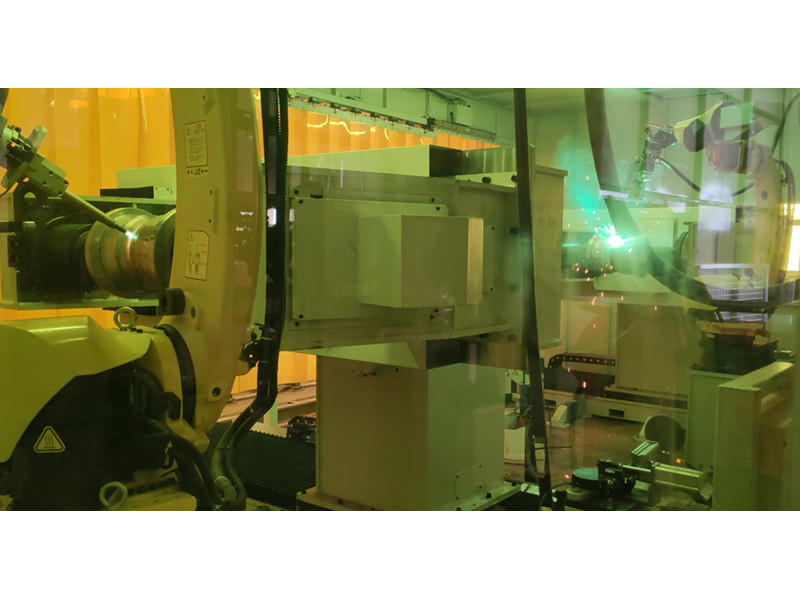Ultrasonic Welding Technology: A High-precision Connection Solution with High Efficiency and Energy Saving
Ultrasonic welding is an advanced technology that uses high-frequency acoustic wave energy to achieve material connection. With its characteristics of high efficiency, environmental friendliness, and precision, it is widely used in fields such as automotive, medical, electronics, and household appliances. The following provides a detailed introduction from aspects such as technical principle, core components, application advantages, and limitations.
I. Technical Principle and Core Components
The core of ultrasonic welding lies in converting high-frequency electrical energy into mechanical vibration. Its working process can be divided into four steps:
1. Energy Conversion: The ultrasonic generator converts the 50/60Hz power frequency current into a high-frequency electrical signal of 15 - 40kHz and converts it into mechanical vibration through the transducer.
2. Amplitude Amplification: The horn amplifies the micron - level vibration to 30 - 120μm and transfers it to the workpiece surface through the welding head.
3. Friction Melting: Frictional heat is generated on the contact surface of the workpiece under high - frequency vibration, and materials such as plastics melt rapidly.
4. Pressure - holding Molding: After the vibration stops, the pressure is maintained to solidify the molten material, forming a high - strength molecular bond.
The core components of the system include:
- Ultrasonic Generator: It controls the frequency of the electrical signal and the welding parameters.
- Transducer: It realizes the conversion of electrical - mechanical energy through the piezoelectric effect.
- Horn and Welding Head: They amplify the amplitude and transfer energy to the workpiece and need to be made of fatigue - resistant materials such as titanium, aluminum, or special steel.
- Pressure Device: It precisely controls the welding pressure to ensure full contact at the interface.
II. Application Advantages
1. High Efficiency and Energy Saving: The welding cycle only takes 0.1 - 1 second, and the energy consumption is reduced by more than 90% compared with resistance welding, making it suitable for large - scale production.
2. High - precision Connection: The strength of the welding point is close to that of the material itself, and it has excellent air - tightness and water - tightness, suitable for precision devices (such as medical filters and electronic components).
3. Wide Material Adaptability: It can weld thermoplastics, fabrics, and metal films, and no pre - treatment is required for oxidized or electroplated surfaces.
4. Environmental Protection and Safety: There are no sparks, no flux or inert gas is required, and it reduces pollution and the heat - affected zone.
III. Technical Limitations
1. Material Thickness Limit: The thickness of metal parts is usually no more than 5mm, and the parameters of plastic parts need to be adjusted according to hardness.
2. High Equipment Cost: The manufacturing process of precision components (such as titanium alloy welding heads) is complex, and the initial investment is large.
3. Geometric Design Constraints: The welding seam needs to be flat and the area should not be too large. Customized molds are required for complex structures.
IV. Industry Application Scenarios
1. Automobile Manufacturing: Sealed connection of components such as headlights, dashboards, filters, and fuel tanks.
2. Medical Equipment: Sterile packaging of blood bags, infusion tubes, and disposable instruments.
3. Consumer Electronics: High - strength welding of mobile phone shells, battery covers, and chargers.
4. Packaging Industry: Quick sealing of self - sealing bags and cosmetic bottle caps.
V. Comparison with Traditional Welding Technologies
1. Laser Welding: Ultrasonic welding does not require gas protection and has lower requirements for the surface roughness of the workpiece.
2. Arc Welding: It avoids spark splashing and thermal deformation and is suitable for precision thin - walled parts.
3. Resistance Welding: It has lower energy consumption, no electrode wear, and higher consistency of welding point strength.
VI. Summary
With its characteristics of rapidity, cleanliness, and high reliability, ultrasonic welding has become an irreplaceable connection technology in modern industry. With the progress of materials science and automation technology, this technology will continue to expand to emerging fields such as new - energy batteries and wearable devices, promoting the upgrading of the manufacturing industry towards high - efficiency and environmental - friendly directions.


